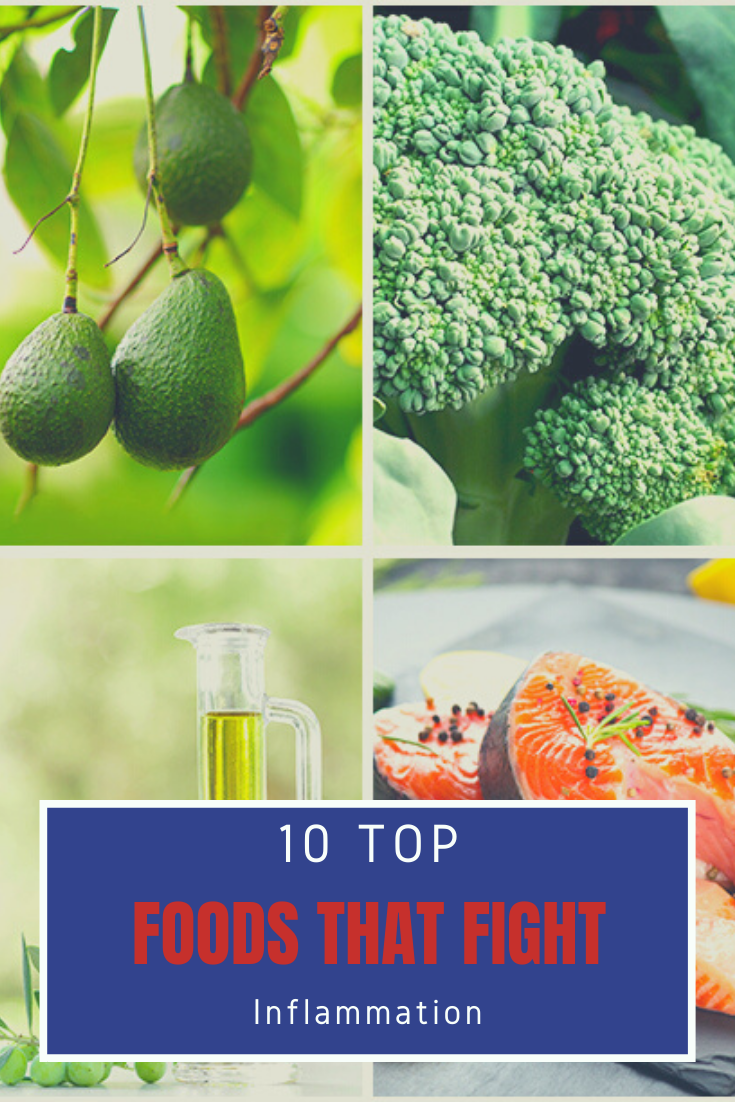6 Foods That Help Soothe Sore Throats

Eat your way out of your next seasonal cold.
Sweater weather is here, and you’ve probably already gotten sick. Blech.
If traditional salt-water gargles and OTC meds still aren’t doing the trick to rid you of your sore throat, it may be time to try something new. Here’s what to eat to make swallowing less painful during (or after) a cold.
1. Licorice (sorry, not the candy). Licorice steeped in water might boost your immune system, according to a 2015 study published in the journal Scientific Reports. For the study, researchers observed how mice cells reacted when the mice drank licorice water for six days and found that they had increased production of T-cells, which are important for immunity. Another study found that gargling licorice extract for one minute significantly reduced soreness in those who underwent an operation that required a tracheotomy.
2. Sage. Steep some dried sage in a mug of warm water, or sprinkle it into your next bowl of chicken soup. Sage helps fight inflammation and has been used for centuries to alleviate physical discomfort of all sorts. (One study found that combining it in a spray with echinacea was just as effective in numbing sore throats as the commonly prescribed analgesic lidocaine.)
3. Ice cream. Remember when you got to eat all the ice cream in the world after getting your tonsils removed? Cold foods provide pain relief (and they’re also freaking delicious). And if you’re worried about dairy products making your coughing worse, rest assured in the findings published in the Journal of the American College of Nutrition: Unless you’re allergic to it, dairy doesn’t actually give rise to more mucous or worse hacking.
4. Tea. A classic remedy, teas of many flavors — caffeinated or not — can salve pain and help give your body’s infection-fighting response a useful kick. Brew yourself a pot of ginger, chamomile, green, or black tea, and take advantage of the beverage’s additional power to lower stress, increase focus, and crack down on inflammation.
5. Honey. Another go-to you’re probably well aware of, this yummy treat has been found to have antimicrobial and anti-inflammatory properties that help clear infection and soothe pain, suggests a review of studies published in the American Journal of Therapeutics. Why not go the natural (and tastier) route when soothing yourself?
6. Ginger. That gnarly-looking root may look terrifying in the grocery store, but it’s actually packed with anti-inflammatory properties that can calm irritation, according to a review of literature published in the International Journal of Preventive Medicine.

Source: cosmopolitan.com


